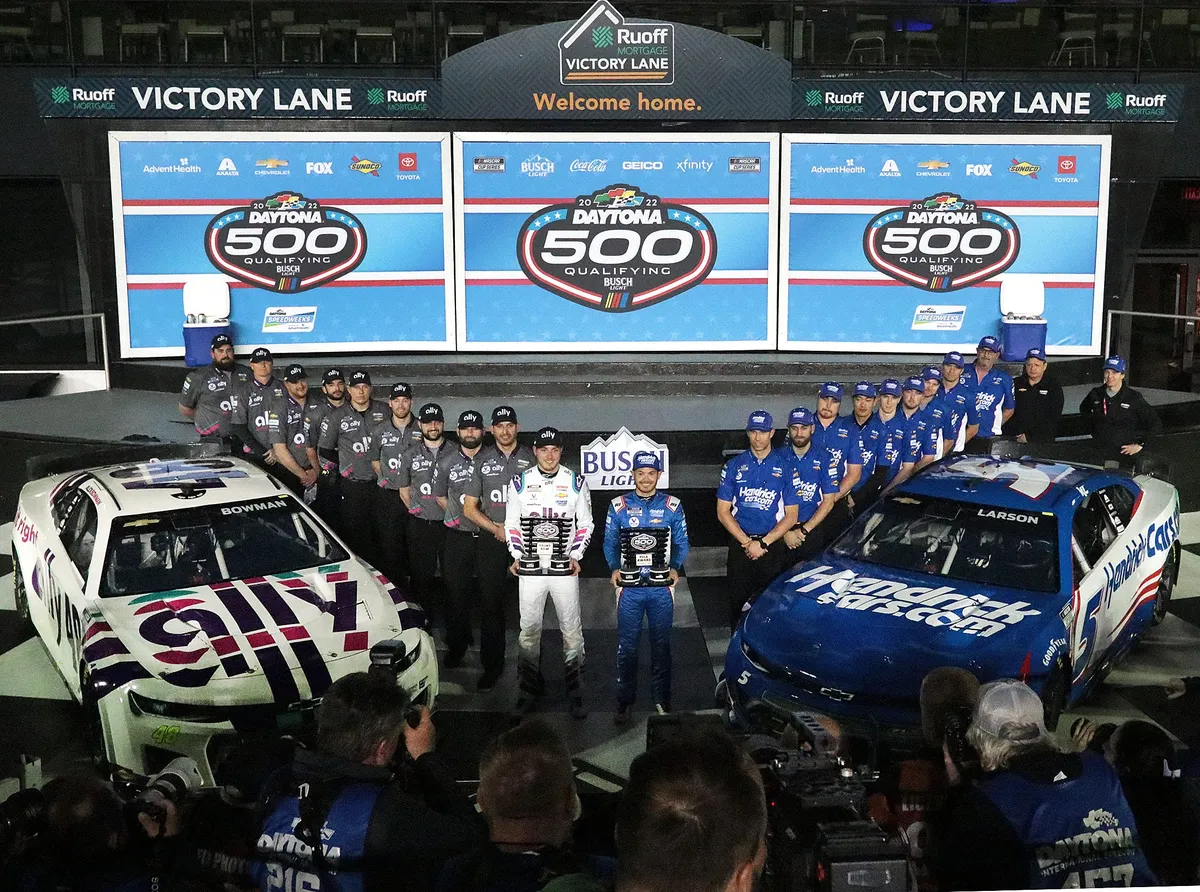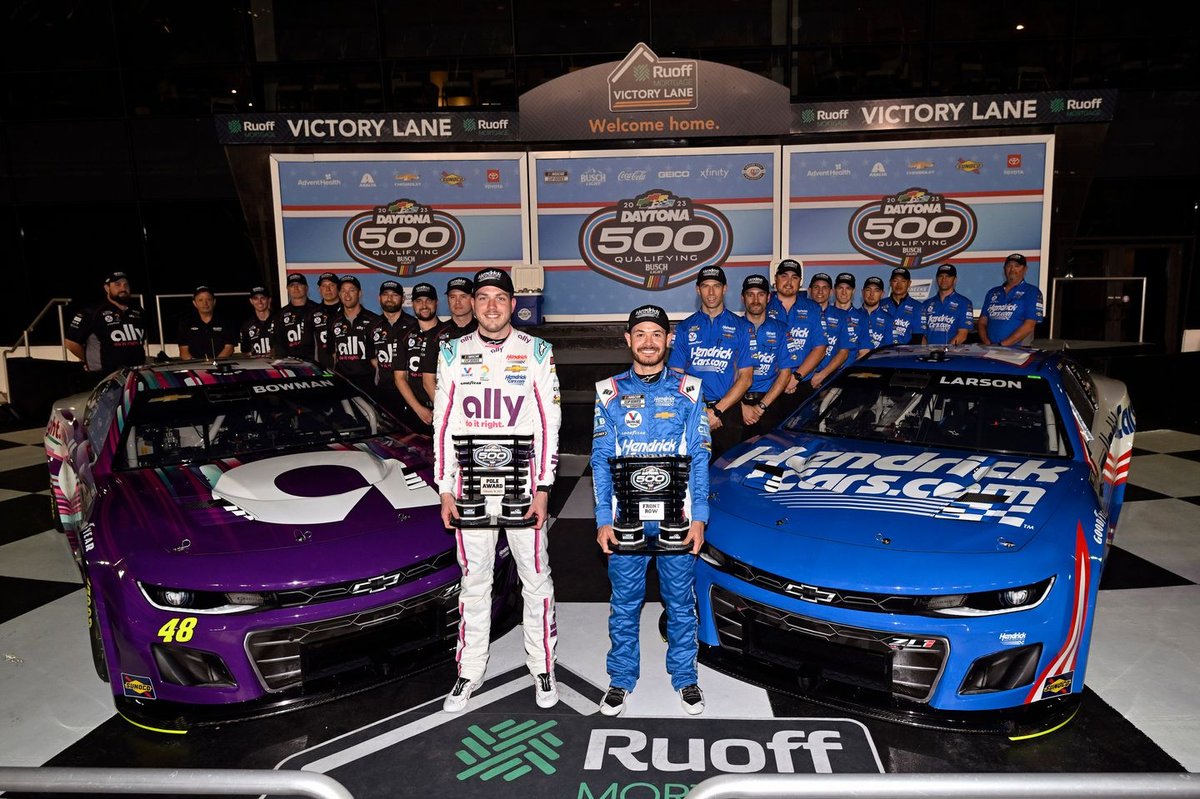Among the 42 teams registered for the event, only the 36 chartered teams have secured their spots in the upcoming race.
The remaining six ‘open’ teams are poised for a fierce battle to clinch the four available positions on the starting grid.
These teams operate on a part-time basis and consist of the following drivers: Jimmie Johnson in the No. 84, BJ McLeod in the No. 78, Anthony Alfredo in the No. 62, David Ragan in the No. 60, Kaz Grala in the No. 36, and a driver yet to be announced for the No. 44.

How does the qualifying process unfold?
A random draw conducted on Tuesday determines the sequence in which cars will hit the track for Wednesday’s qualifying session.
Qualifying for the prestigious Daytona 500 follows a single-car, one-lap format. Each driver gets one flying lap around the iconic 2.5-mile superspeedway, and the two fastest cars secure coveted positions on the front row for Sunday’s main event.
Furthermore, the top two fastest drivers also earn the privilege of starting from pole position in their respective Duel races scheduled for Thursday.
The lineup for the twin 150-mile Duel races is structured based on the results of Wednesday’s qualifying. Drivers qualifying in odd-numbered positions will compete in Duel #1, while those in even-numbered positions will battle it out in Duel #2.
Additionally, the two highest-qualifying open entries secure their spots in the Daytona 500 on Wednesday. The final two positions in the race are claimed by the highest-finishing open driver in each Duel race.
However, if the highest-finishing open driver has already secured a spot through qualifying, then the next-fastest driver from the initial qualifying session earns the coveted position.
It’s worth noting that Alex Bowman holds the title of defending pole-sitter, with Hendrick Motorsports dominating the front row in 2023. Notably, a non-Chevrolet vehicle hasn’t clinched the pole position for the Daytona 500 since Ford’s Carl Edwards achieved the feat back in 2012.

